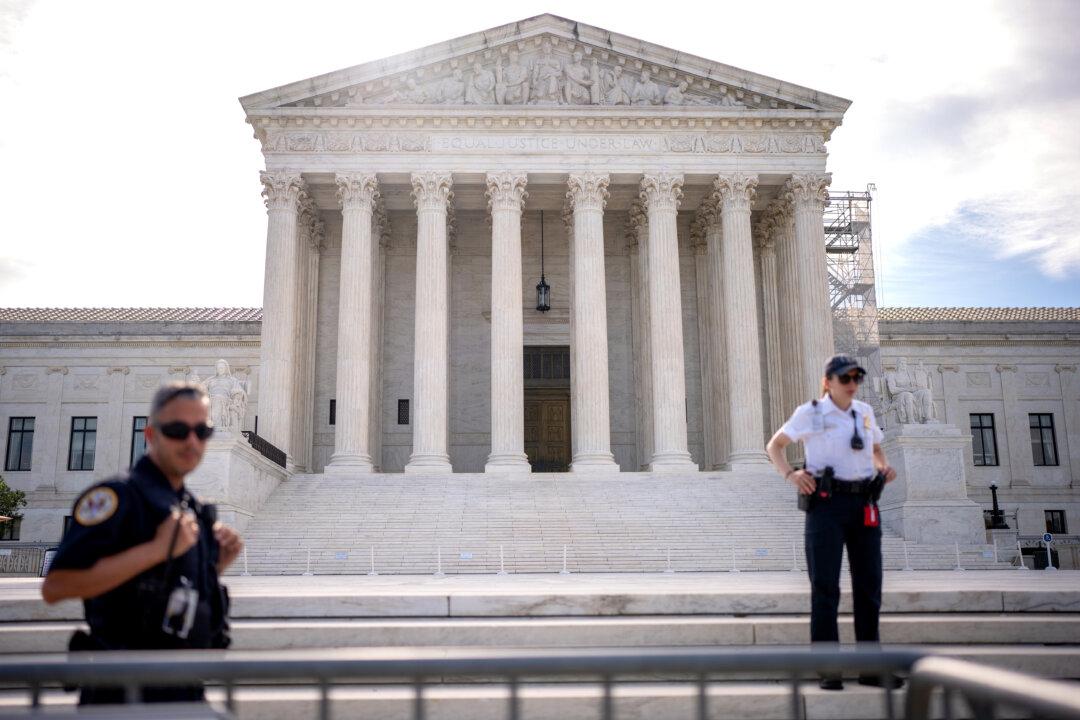Copper prices continue to drop on a weekly basis, suggesting that a recession could be looming.
The metal is a major component in motors and electronics, and some economists have used it as a barometer to determine whether the economy is strong or not. But on the London Metal Exchange, copper
dropped to $6,953 a ton. It’s down 27.4 percent year-to-date.
The drop on Friday was the
first time the contract fell below $7,000 per ton since November 2020. On a weekly basis, it dropped more than 10 percent. The price
recovered slightly by 1 percent to $7,165 later Friday.
Under Nasdaq’s measure, copper prices have fallen from about $4.02 per pound on June 17 and is now trading at about $3.23 per pound as of July 15.
Economists have said that copper has hit a
bear market before each of the past four recessions.
“Copper below $4 per pound, down over 24 percent from the highs (bear market), and down to a 16-month low tells me that ‘recession’ risks have overtaken ‘inflation’ risks,” David Rosenberg, founder and president of Rosenberg Research & Associates,
wrote on Friday.
“We don’t anticipate base metals’—copper’s included—outlook to improve until we see a change in Chinese demand,”
said Darwei Kung, chief of commodities and portfolio manager at DWS Group, an asset-management firm, according to the Wall Street Journal. China accounts for about half of the world’s copper consumption.
Rio Tinto warned on July 15 that the global economic outlook was dampening due to the Russia-Ukraine conflict, tighter central bank monetary policies, and persistent COVID-19 restrictions in some areas. On Friday, official data claimed that China’s economic growth slowed in the second quarter.
“Prices for our commodities decreased in the quarter, amid growing recession fears and a decline in consumer confidence,” Rio Tinto
said. “Trade disruptions, food protectionism and the global focus on securing energy supplies continue to put pressure on supply chains, which will need to be significantly eased before inflationary pressures subside.”
The decline in prices comes in the midst of escalating concerns that decades-high inflation could prompt the Federal Reserve into hiking interest rates even more. In June, policymakers approved a 75-basis point rate hike for the first time in decades, and reports have indicated that more rate hikes are on the way in a bid to curb inflation, which in June hit 9.1 percent year-over-year.
Federal Reserve Governor Christopher Waller said he is willing to consider another 75-basis point hike during a meeting of Fed officials in late July.
“I support another 75-basis point increase” during the next meeting, Waller
said last week at an event in Idaho.
“However, my base case for July depends on incoming data,” he added. “We have important data releases on retail sales and housing coming in before the July meeting. If that data comes in materially stronger than expected, it would make me lean towards a larger hike at the July meeting to the extent it shows demand is not slowing down fast enough to get inflation down.”





